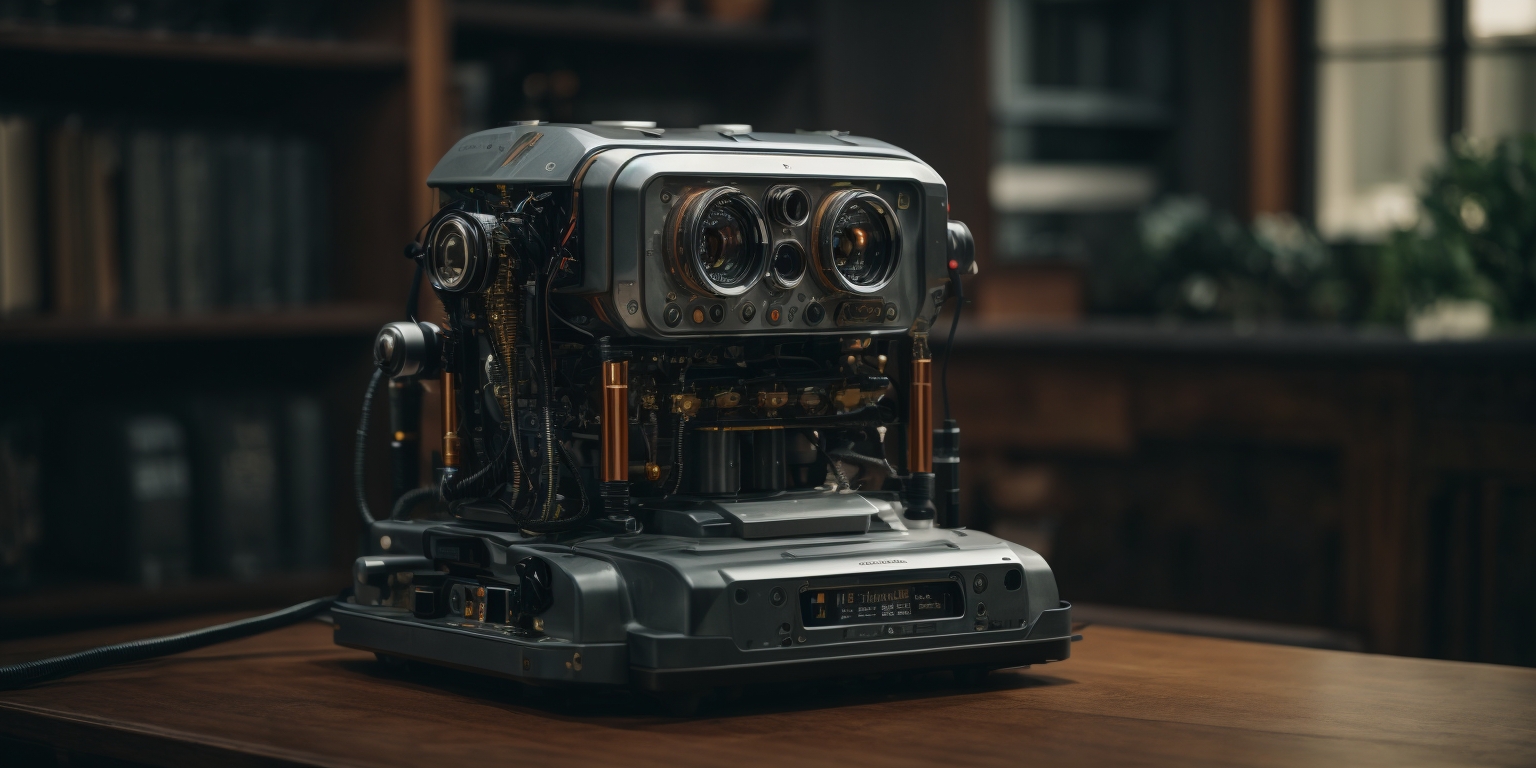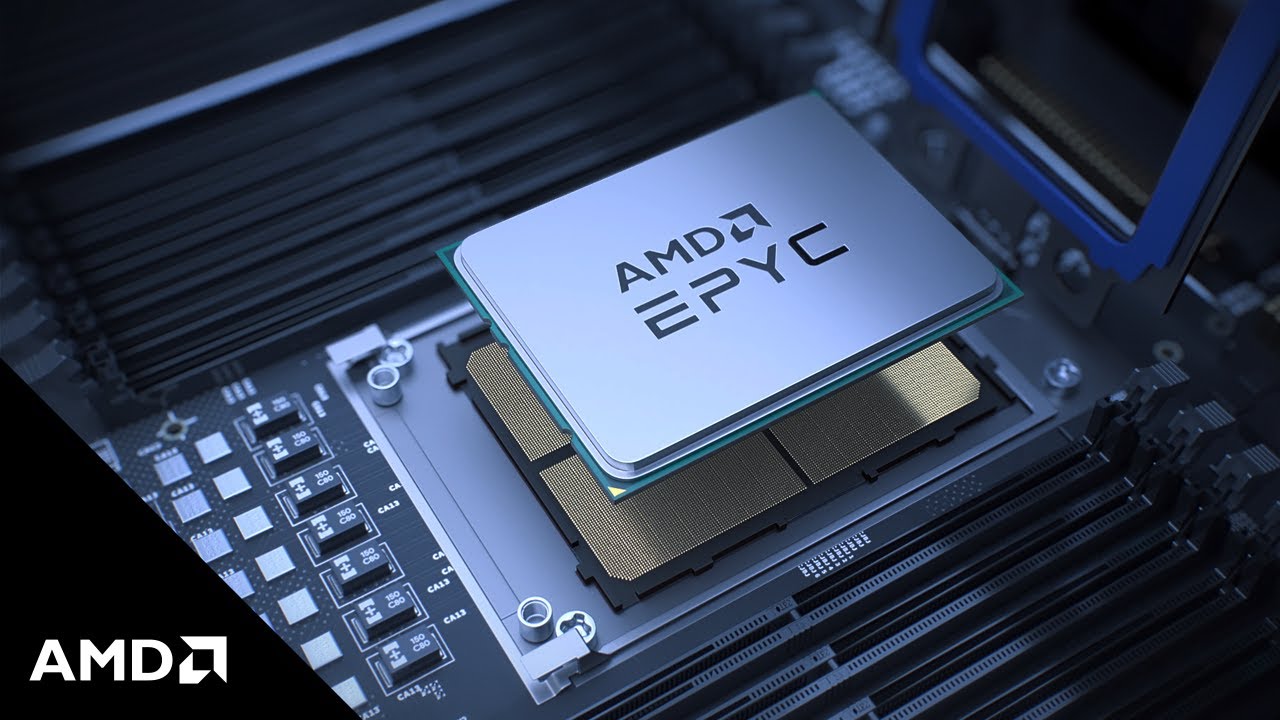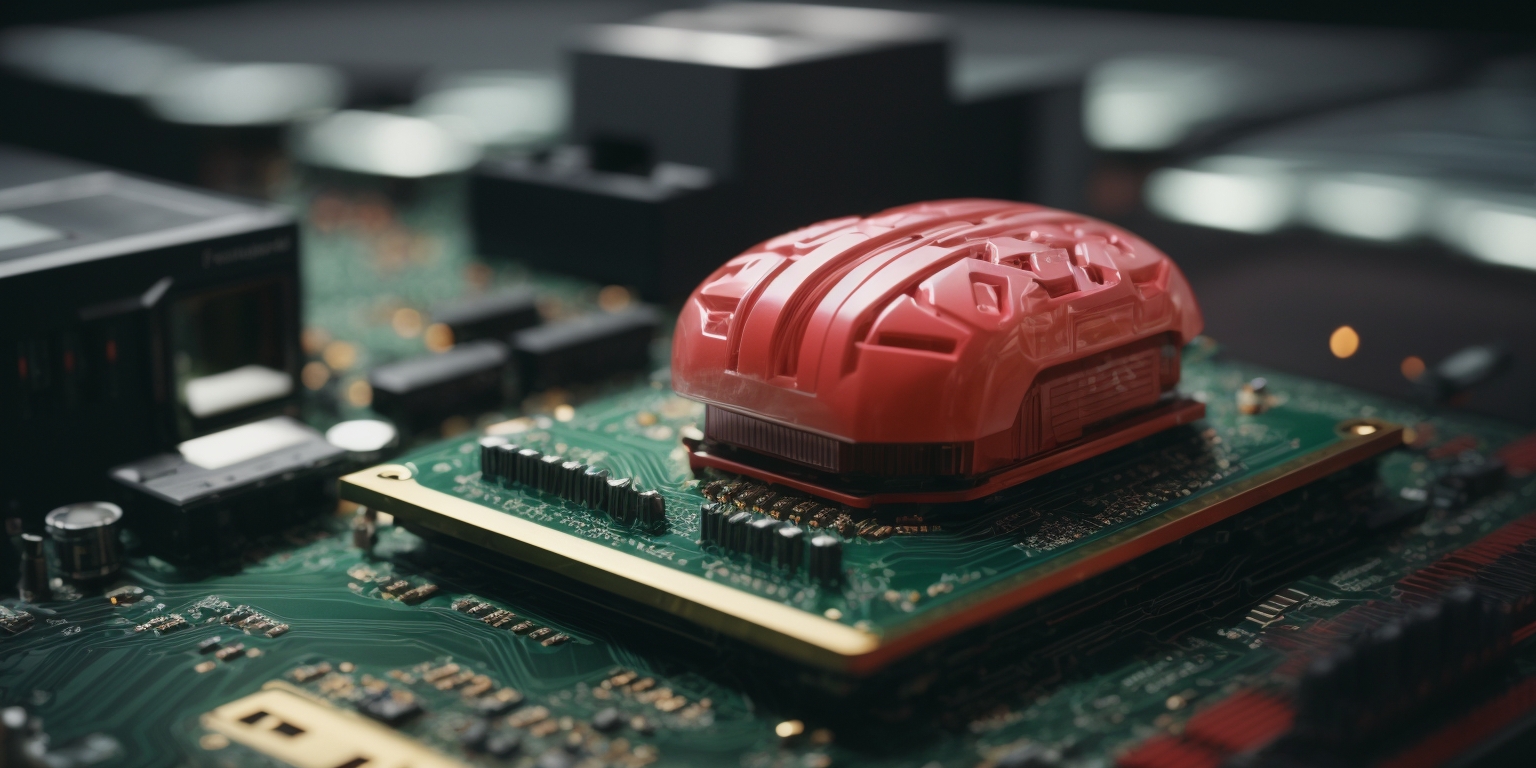
AI: Exploring the Cutting-Edge Hardware of Dedicated Servers
In the realm of artificial intelligence (AI), the hardware used for deployment plays a crucial role in unlocking its full potential. Understanding the specifications of hardware’s dedicated servers, such as CPU instructions, is essential for efficient machine learning. Additionally, the role of GPU servers in deep learning cannot be overlooked. This article explores the power of dedicated servers for AI, including real-world examples and the emerging field of quantum computing. Furthermore, we delve into the roles of GPUs and TPUs in AI algorithms, while highlighting how leading companies approach AI hardware. Finally, we provide tips for designing an AI hosting solution with redundancy and scalability in mind.
Table of Contents
- What Hardware Is Used for AI Deployment
- Machine Learning & Dedicated Servers Specs (CPU Instructions)
- Role of GPU Servers in Deep Learning
- Get a GPU Dedicated Server That Can Process Artificial Intelligence Tasks with High Efficiency
- Custom AI Dedicated Servers with Fast Deployment (Setup)
- Cloud of Dedicated Server for AI
- Real-World Examples of Using Dedicated Servers for AI
- Quantum Computing in AI
- GPU and TPU Roles in Artificial Intelligence Algorithm
- Examples of How Leading Companies are Approaching AI Hardware
- What Can AI Actually Do
- Tip 1: Design Your AI Hosting Provider Solution with Full Redundancy in Mind
- Tip 2: Consider How You Plan to Upscale Your AI/Machine Learning Projects in the Future
What Hardware Is Used for AI Deployment
Machine Learning & Dedicated Servers Specs (CPU Instructions)
Machine Learning (ML) is a rapidly evolving field that utilizes algorithms and statistical models to enable computers to learn and make predictions without explicit programming. ML algorithms require significant computational power, making dedicated servers an ideal choice for ML tasks.
When it comes to dedicated server specs for ML, the CPU instructions play a crucial role. Modern CPUs, such as Intel’s Xeon processors, offer advanced instruction sets like AVX-512, which accelerate ML workloads by performing multiple calculations simultaneously. These instructions enhance the server’s ability to process large datasets and complex ML models efficiently.
Additionally, CPUs with higher core counts and clock speeds are advantageous for ML tasks, as they enable parallel processing and faster execution. Servers equipped with multiple CPUs or high-core-count processors, like AMD’s EPYC series, can handle demanding ML workloads with ease.
To ensure optimal performance, dedicated servers for ML should also have ample memory (RAM) and storage capacity. For example, 512 GB RAM Dedicated Server is a good node for Ai startup. ML models often require large amounts of data to be loaded into memory, and fast storage options like SSDs can significantly reduce data access times.
In conclusion, when selecting a dedicated server for ML, use dual or quad CPU servers: prioritize modern CPUs with advanced instruction sets, high core counts, and clock speeds. Combining these specifications with fast modern memory and storage capacity will empower your ML applications to deliver accurate predictions and insights.
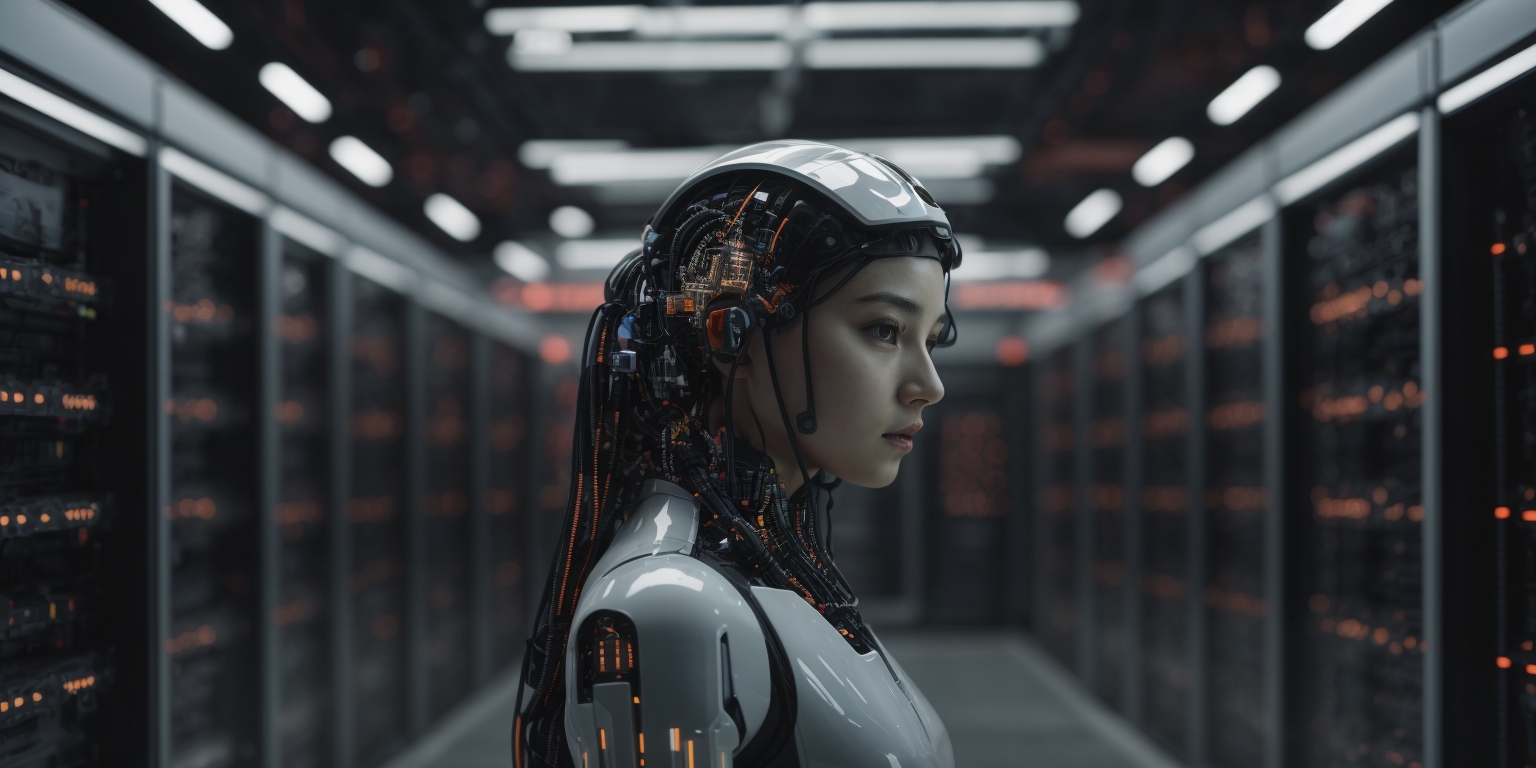
Role of GPU Servers in Deep Learning
Deep learning algorithms require massive computational power to process and analyze vast amounts of data. This is where GPU servers come into play. 💪
GPU stands for Graphics Processing Unit, which is designed to handle complex mathematical calculations efficiently. Unlike traditional CPUs, GPUs are specifically optimized for parallel processing, making them ideal for deep learning tasks.
Deep learning models, such as convolutional neural networks (CNNs) and recurrent neural networks (RNNs), heavily rely on matrix operations and complex mathematical computations. GPUs excel at performing these operations in parallel, significantly accelerating the training and inference processes. 📈
By utilizing GPU servers, deep learning practitioners can train and fine-tune their models faster, enabling them to experiment with different architectures and hyperparameters more efficiently. This ultimately leads to improved accuracy and performance of deep learning models. 💡
Moreover, GPU servers enable real-time inference, making them suitable for applications that require quick decision-making, such as autonomous vehicles, natural language processing, and image recognition. 🚗📷
In summary, GPU servers play a crucial role in deep learning by providing the necessary computational power to train complex models efficiently and enable real-time inference. Their parallel processing capabilities make them indispensable tools for researchers and practitioners in the field of deep learning.
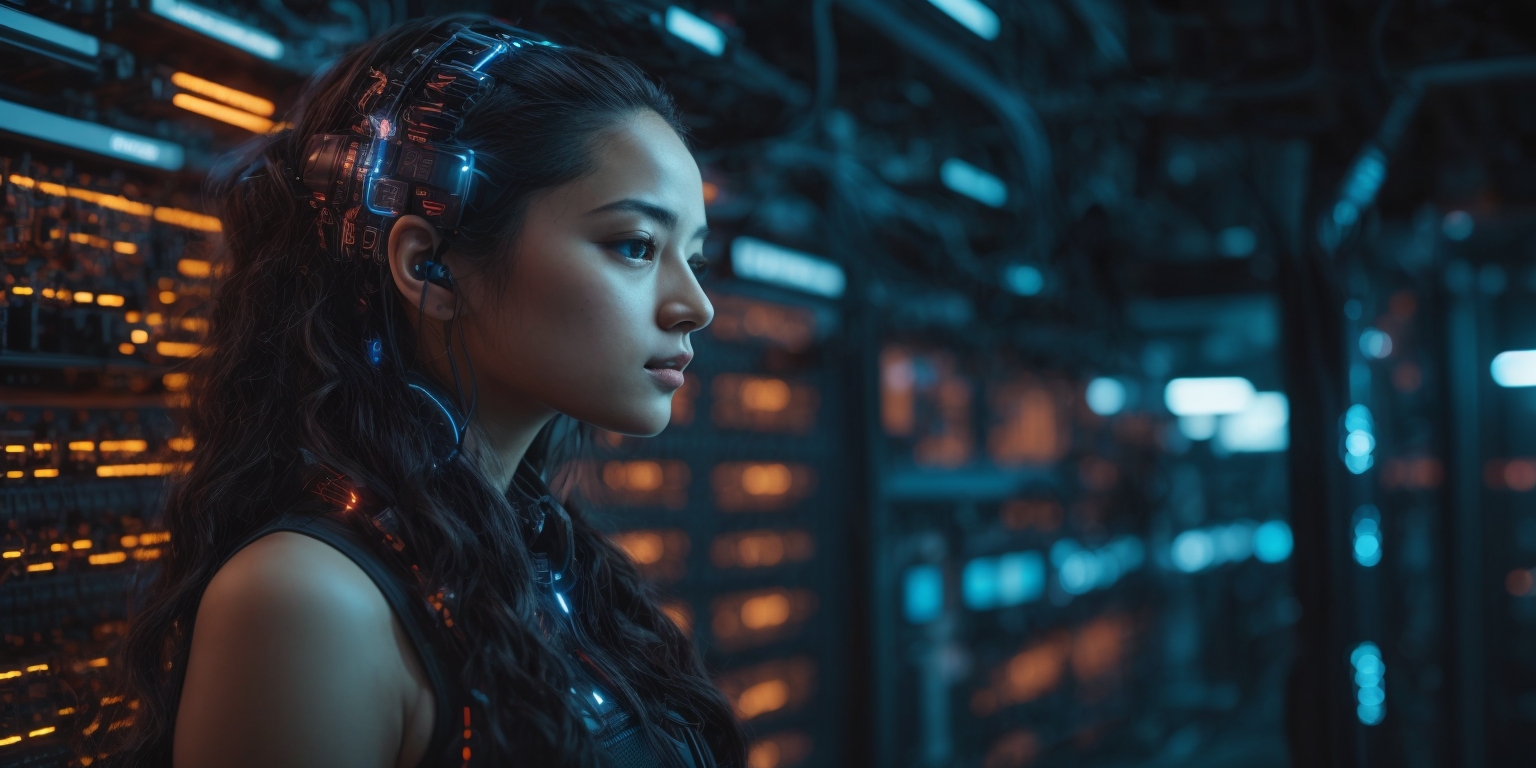
Get a GPU Dedicated Server That Can Process Artificial Intelligence Tasks with High Efficiency
If you are in need of a powerful server to handle your artificial intelligence tasks, look no further than a GPU dedicated server. With its high efficiency and processing capabilities, this server is designed to tackle complex AI algorithms with ease.
A GPU dedicated server is equipped with a Graphics Processing Unit (GPU) that is specifically designed for parallel processing. This means that it can handle multiple tasks simultaneously, resulting in faster and more efficient AI computations. Whether you are training deep learning models, running neural networks, or processing large datasets, a GPU dedicated server can handle it all.
By utilizing the power of a GPU, you can significantly reduce the time it takes to complete AI tasks. This not only improves productivity but also allows you to experiment with more complex algorithms and models. With a GPU dedicated server, you can unlock the full potential of your AI projects.
Custom AI Dedicated Servers with Fast Deployment (Setup)
Are you in need of a powerful AI dedicated server that can handle your custom workload? Look no further! Our custom AI dedicated servers are designed to provide you with the ultimate performance and flexibility. With fast deployment and setup, you can have your server up and running in no time.

Why choose our custom AI dedicated servers?
✅ Unmatched Performance: Our servers are equipped with the latest hardware and optimized for AI workloads, ensuring lightning-fast processing speeds.
✅ Customization: We understand that every AI project is unique. That’s why we offer customizable server configurations to meet your specific requirements.
✅ Fast Deployment: Time is of the essence, and we value that. Our dedicated servers can be deployed quickly, allowing you to start working on your AI projects without any delays.
✅ Reliable Infrastructure: Our dedicated servers are hosted in state-of-the-art data centers, ensuring maximum uptime and reliability for your AI applications.
✅ Expert Support: Our team of AI experts is available 24/7 to assist you with any technical issues or questions you may have.
Don’t let slow processing speeds hinder your AI projects. Choose our custom AI dedicated servers with fast deployment and experience the power and efficiency you need. Contact us today to get started!
Cloud or Dedicated Server for AI
Real-World Examples of Using Dedicated Servers for AI
Artificial Intelligence (AI) has revolutionized various industries, and dedicated servers play a crucial role in supporting AI applications. Here are some real-world examples:
1. Healthcare: Dedicated servers power AI algorithms that analyze medical images, such as X-rays and MRIs, to detect diseases like cancer. This enables faster and more accurate diagnoses, improving patient outcomes.
2. Finance: Financial institutions utilize dedicated servers for AI-powered fraud detection systems. These servers process vast amounts of data in real-time, identifying suspicious transactions and preventing fraudulent activities.
3. Autonomous Vehicles: Self-driving cars heavily rely on dedicated servers to process data from various sensors and make split-second decisions. These servers ensure the safety and efficiency of autonomous transportation systems.
4. Manufacturing: AI-driven robots on assembly lines use dedicated servers to analyze data and optimize production processes. This enhances productivity, reduces errors, and improves overall efficiency.
5. Customer Service: Dedicated servers support AI chatbots and virtual assistants, providing personalized and efficient customer support. These servers handle complex natural language processing tasks, ensuring seamless interactions with customers.
Powerfull hardware is indispensable for AI applications across industries, enabling advanced data processing, real-time decision-making, and enhanced user experiences.
Quantum Computing in 🧠 AI
Quantum computing has emerged as a promising field that could revolutionize various industries, including artificial intelligence (AI). Traditional computers use bits to process information, representing data as either 0 or 1. In contrast, quantum computers utilize qubits, which can exist in multiple states simultaneously due to a phenomenon called superposition. This unique property allows quantum computers to perform complex calculations at an unprecedented speed.
The potential synergy between quantum computing and AI is immense. Quantum algorithms can enhance machine learning processes, enabling AI systems to analyze vast amounts of data more efficiently. Additionally, quantum computers can solve optimization problems more effectively, improving AI’s ability to find optimal solutions in various domains.
However, quantum computing in AI is still in its early stages. Overcoming challenges such as quantum noise and decoherence is crucial to harnessing its full potential. Researchers are actively exploring quantum machine learning algorithms and developing quantum AI models to leverage the power of quantum computing.
As quantum computing continues to advance, it holds the promise of transforming AI, enabling breakthroughs in areas such as drug discovery, financial modeling, and complex system simulations. The fusion of quantum computing and AI has the potential to unlock new frontiers in technology, revolutionizing the way we solve complex problems and shape the future.
GPU and TPU Roles in Artificial Intelligence 🧠 Algorithm
Graphics Processing Units (GPUs) and Tensor Processing Units (TPUs) play crucial roles in accelerating the performance of artificial intelligence (AI) algorithms.
GPUs are primarily designed for rendering graphics, but their parallel processing capabilities make them ideal for AI tasks. They excel at performing multiple calculations simultaneously, which is essential for training deep learning models. GPUs can handle complex mathematical operations required for tasks like image recognition, natural language processing, and recommendation systems. Their ability to process large amounts of data in parallel significantly speeds up AI algorithms.
On the other hand, TPUs are specialized hardware accelerators developed by Google specifically for AI workloads. TPUs are designed to optimize the performance of deep learning models by efficiently executing matrix operations. They are particularly effective in training and running neural networks, as they can handle massive amounts of data with high computational efficiency.
Both GPUs and TPUs have revolutionized 🔥 the field of AI by dramatically reducing training times and improving algorithm performance. Their parallel processing capabilities and specialized architectures make them indispensable tools for researchers and developers working on AI algorithms.
Examples of How Leading Companies are Approaching AI Hardware
Leading companies are increasingly recognizing the importance of AI hardware in driving innovation and staying competitive. One notable example is Google, which has developed its own custom AI chips called Tensor Processing Units (TPUs). These TPUs are specifically designed to accelerate machine learning workloads and have been instrumental in enhancing the performance of Google’s AI applications, such as voice recognition and image classification. Google’s investment in AI hardware has allowed them to achieve faster and more efficient processing, giving them a significant edge in the AI market.
Another company at the forefront of AI hardware is NVIDIA. They have developed powerful graphics processing units (GPUs) that are widely used in AI applications. GPUs excel at parallel processing, making them ideal for training and running deep learning models. NVIDIA’s GPUs have become the go-to choice for many AI researchers and companies due to their exceptional performance and scalability.
Intel, a leading semiconductor manufacturer, has also made significant strides in AI hardware. They have introduced specialized chips like the Intel Nervana Neural Network Processor (NNP), designed specifically for deep learning tasks. These chips offer high performance and energy efficiency, enabling faster and more accurate AI computations.
In conclusion, leading companies are approaching AI hardware by developing custom chips and specialized processors to optimize AI workloads. These advancements in AI hardware are crucial for driving innovation and enabling the development of more sophisticated AI applications. 💪🔥
What Can AI Actually Do

Artificial Intelligence (AI) has become an integral part of our lives, revolutionizing various industries and enhancing our daily experiences. 🤖
AI can perform a wide range 📊 of tasks, from simple to complex, with remarkable precision and efficiency. It can analyze vast amounts of data, identify patterns, and make predictions, enabling businesses to make informed decisions. AI-powered chatbots provide instant customer support, improving user experiences:
- Business intelligence
- Predictive analytics
- Chatbots
- Artificial neural network
- Image recognition
- Structural analysis
- Speech recognition
- Fraud detection
- Face recognition
- Anomaly detection
- Pattern recognition
- Deep learning frameworks and libraries
- Datacenter automation and maintenance
- Graphical models
- Statistical modelling
- Natural language processing
- Specialist financial services, such as algorithmic trading, market analysis and portfolio management
- Scientific research, including genomics, computational chemistry and modelling/simulation projects
Tip 1: Design Your AI Hosting Provider Solution with Full Redundancy in Mind
When it comes to hosting your AI applications, redundancy is key to ensure uninterrupted service and minimize downtime.
Redundancy 🔁 refers to the duplication of critical components within your hosting infrastructure, allowing for seamless failover in case of hardware or software failures.
Firstly, consider opting for a hosting provider 🌐 that offers multiple data centers across different geographical locations. This ensures that even if one data center experiences an outage, your AI applications can continue running smoothly from another location.
Secondly, implement load balancing mechanisms 💻 to distribute incoming traffic evenly across multiple servers. This not only improves performance but also provides redundancy by automatically redirecting traffic to functioning servers in case of failures.
Additionally, regularly backup 🔒 your AI models, datasets, and configurations to prevent data loss. Utilize automated backup solutions and test the restoration process to guarantee the availability of your critical resources.
By designing your AI hosting solution with full redundancy in mind, you can enhance reliability, minimize disruptions, and ensure uninterrupted service for your users. 📂
Tip 2: Consider How You Plan to Upscale Your AI/Machine Learning Projects in the Future
As you embark on your AI/Machine Learning projects, it’s crucial to think about their scalability in the future. Scaling up your projects can help you handle larger datasets, accommodate more users, and improve overall performance.
One important aspect to consider is the infrastructure. Ensure that your AI system is built on a scalable architecture that can handle increased computational demands. This may involve using cloud-based solutions or distributed computing frameworks like Apache Spark.
Additionally, think about the scalability of your models. As your project grows, you may need to train your models on larger datasets or incorporate more complex algorithms. Design your models with modularity and flexibility in mind, allowing for easy integration of new data sources and algorithms.
Furthermore, consider the scalability of your team. As your project expands, you may need to hire more data scientists, engineers, or domain experts. Plan for the future by creating a roadmap for team growth and ensuring effective collaboration and knowledge sharing.
By considering scalability from the outset, you can future-proof your AI/Machine Learning projects, ensuring they can adapt and grow as your needs evolve. This will enable you to stay ahead in the rapidly advancing field of AI and leverage its full potential. 🚀

Conclusion
The landscape of hardware for AI is diverse and critical in powering a wide array of applications that are transforming businesses and research fields alike. From enhancing business intelligence and predictive analytics to powering advanced chatbots and sophisticated artificial neural networks, the right hardware choices are essential. Image and speech recognition systems rely heavily on the computational prowess of these hardware solutions. They also play a pivotal role in structural and fraud detection, face and anomaly detection, and pattern recognition, pushing the boundaries of what machines can perceive and interpret.
Moreover, the efficacy of deep learning frameworks and libraries, which are at the heart of AI innovation, hinges on the underlying hardware’s capability. This hardware revolution is not just limited to operational functionalities but extends to datacentre automation and maintenance, ensuring more efficient and robust AI deployments.
The impact of this hardware extends to graphical models, statistical modelling, and natural language processing, enhancing the accuracy and efficiency of these applications. In specialist financial services, such as algorithmic trading, market analysis, and portfolio management, the speed and reliability of hardware are critical for real-time decision-making and analysis.
Scientific research, including groundbreaking work in genomics, computational chemistry, and various modelling/simulation projects, also benefits immensely from the advancements in AI hardware. The ability to process vast datasets and complex computations swiftly and accurately is revolutionizing these fields.
In summary, the choice of hardware for AI is a cornerstone in the pursuit of technological advancement, impacting a multitude of domains from everyday business solutions to cutting-edge scientific research. The ongoing evolution in AI hardware promises to continue driving innovation and efficiency across these diverse fields.
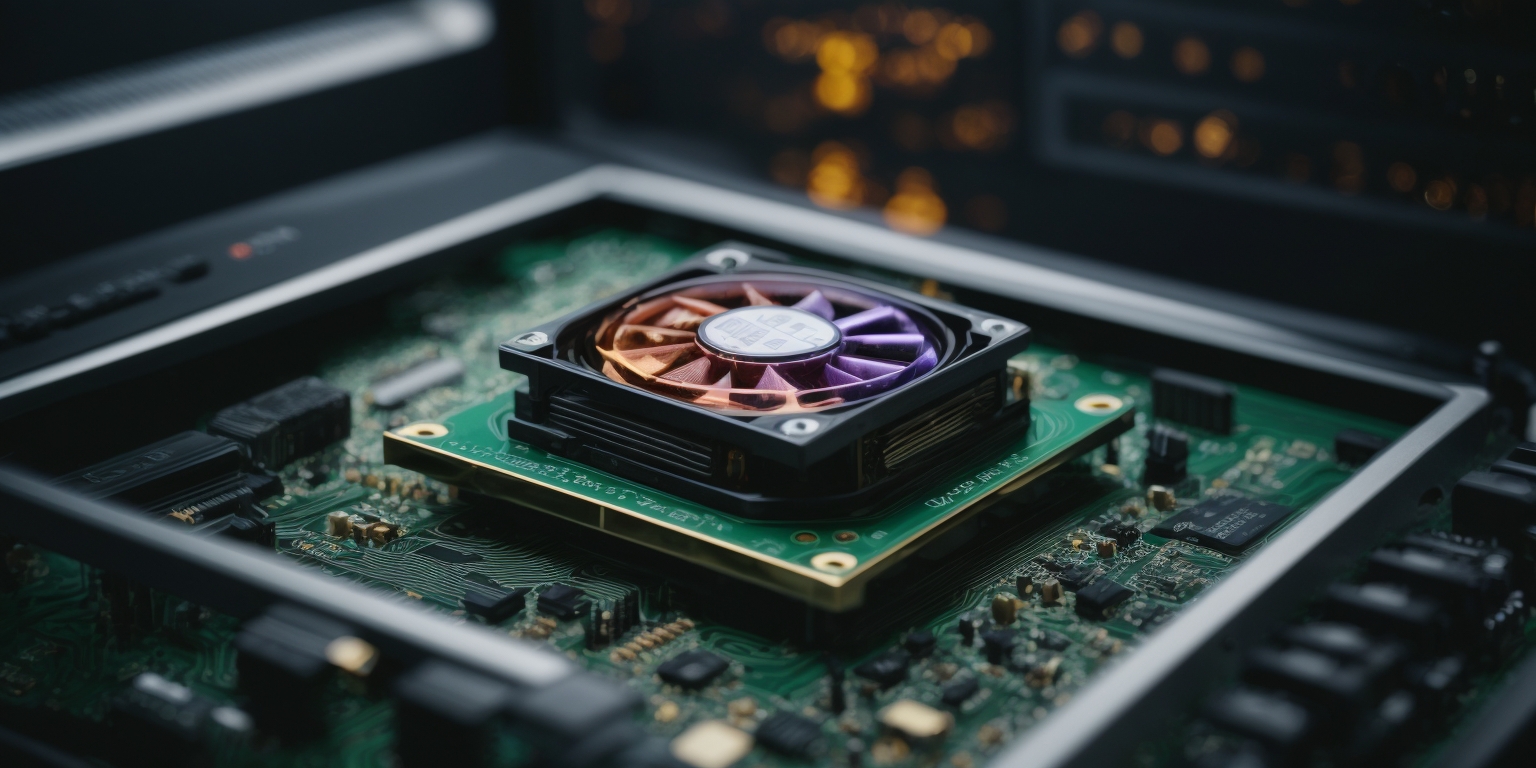

This article incorporates information and material from various online sources. We acknowledge and appreciate the work of all original authors, publishers, and websites. While every effort has been made to appropriately credit the source material, any unintentional oversight or omission does not constitute a copyright infringement. All trademarks, logos, and images mentioned are the property of their respective owners. If you believe that any content used in this article infringes upon your copyright, please contact us immediately for review and prompt action.
This article is intended for informational and educational purposes only and does not infringe on the rights of the copyright owners. If any copyrighted material has been used without proper credit or in violation of copyright laws, it is unintentional and we will rectify it promptly upon notification. Please note that the republishing, redistribution, or reproduction of part or all of the contents in any form is prohibited without express written permission from the author and website owner. For permissions or further inquiries, please contact us.
